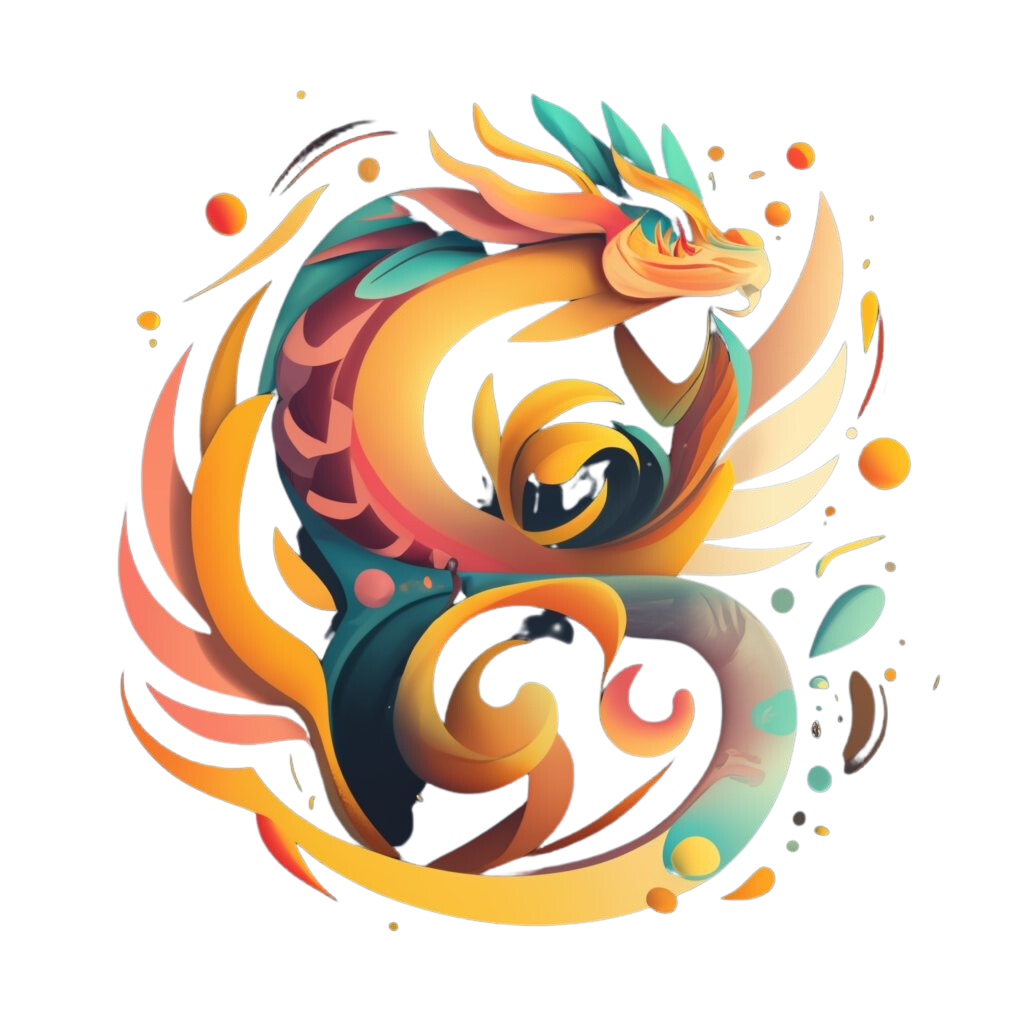At dusk, when the sky softens into coral and violet, the ocean around the Maldives seems to breathe. The waves hush against the shore like an old lullaby. Fishermen and storytellers have listened to that same sound for centuries. Islanders say that if you stand still during the tide’s quiet moments, you can almost hear voices carried in the wind, traces of Maldives mythical creatures whose stories have moved from one generation to the next.
The Maldives is known as a paradise of bright waters and white sand. Yet long before modern travelers arrived, these islands grew a deep storytelling tradition shaped by the sea. Stories were shared aloud during evenings lit by lanterns, on fishing boats, and beneath palm trees as night settled across the islands.
These tales were not told only for wonder. They taught caution, comfort, and belonging. Within these myths live the emotions, fears, and hopes of island life.
The Ocean as Sacred and Mysterious
In the Maldives, the ocean is not only scenery. It is daily life. The islands rest upon deep water that stretches far beyond sight. The sea provides food and travel paths between islands. It also brings danger. Storms can rise without warning and strong currents can pull even experienced swimmers away.
This balance of care and risk is one reason ocean legends are common in island cultures. When a community depends on the sea, the sea begins to feel alive. It is easy to imagine spirits living beneath the surface or watching from the waves. Many Maldivian mythical beings are linked to the water, reminding people to respect its strength.
Origins of Maldivian Mythology
Before written records, island communities explained the world through what they observed and felt. In early Maldivian belief systems, spirits were thought to live in trees, coral reefs, lagoons, and the ocean. Nature itself carried intention, and the sea was always near.
What influenced Maldivian folklore?
The first settlers of the Maldives, including Dravidian and Sinhalese seafarers, brought stories of sea spirits and protective beings. As the islands became a part of South Asian trade networks, new beliefs and stories traveled across the ocean and took root here.
In the 12th century, Islam became the dominant faith of the Maldives. Earlier beliefs shifted and reshaped, but the stories did not vanish. They continued in raivaru poetry and baimathi night tales told beneath palm fronds. Elders passed these stories on through spoken word, not writing.
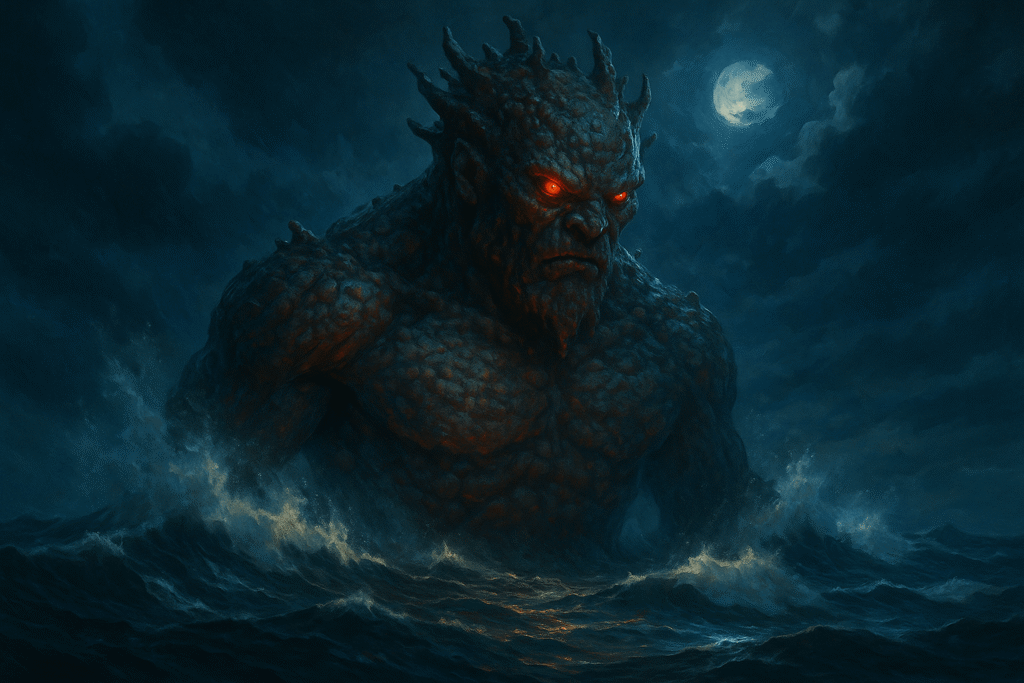
Rannamaari – The Sea Demon of Sacrifice
Islanders once told of nights when storms churned the sea and lightning split the sky. During those nights, the Rannamaari was said to rise from the depths. It appeared as a massive sea creature with coral-like horns and burning eyes. The waves seemed to move with its hunger.
Who was Rannamaari in Maldivian mythology?
According to legend, the Rannamaari demanded the sacrifice of a young woman from Malé. To protect the island, people offered a maiden during the darkest nights of the moon. Lanterns flickered along the shore as she walked toward the water, knowing the sea would claim her.
This story changed with the arrival of Islam. A traveler took the maiden’s place and spent the night reciting prayers. At dawn, the storm quieted. The Rannamaari did not return.
This moment is remembered as:
- The end of fear-based offerings
- The rise of spiritual faith
- A shift in how the Maldives understood the unseen
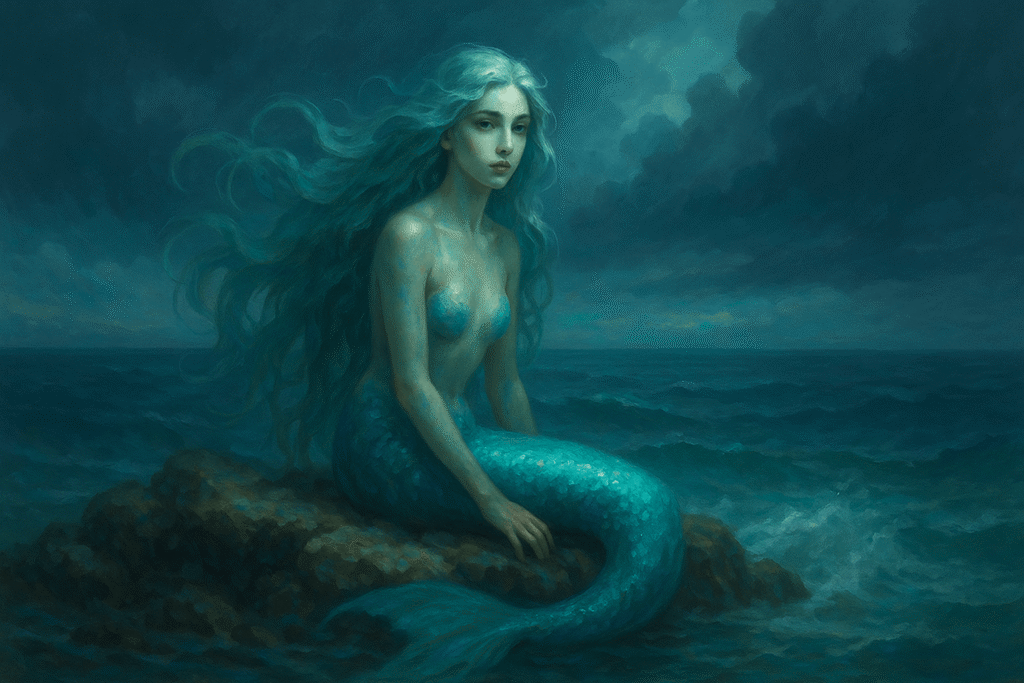
Fureytha – The Enchanting Sea Spirit
During dusk, when the sea reflects soft violet light, some claim the Fureytha rises near coral reefs. She appears as a mermaid-like figure with hair that moves like seawater and a turquoise tail that glimmers below the surface. Her beauty carries a quiet sadness.
Are there mermaid legends in the Maldives?
Yes. Fureytha is among the most lasting. Fishermen have told of seeing her during the southwest monsoon season when the winds shift. Some say she calls softly across the waves. Others say she simply watches.
Fureytha symbolizes the unpredictable nature of the sea. It can be gentle and inviting, then dangerous without warning.
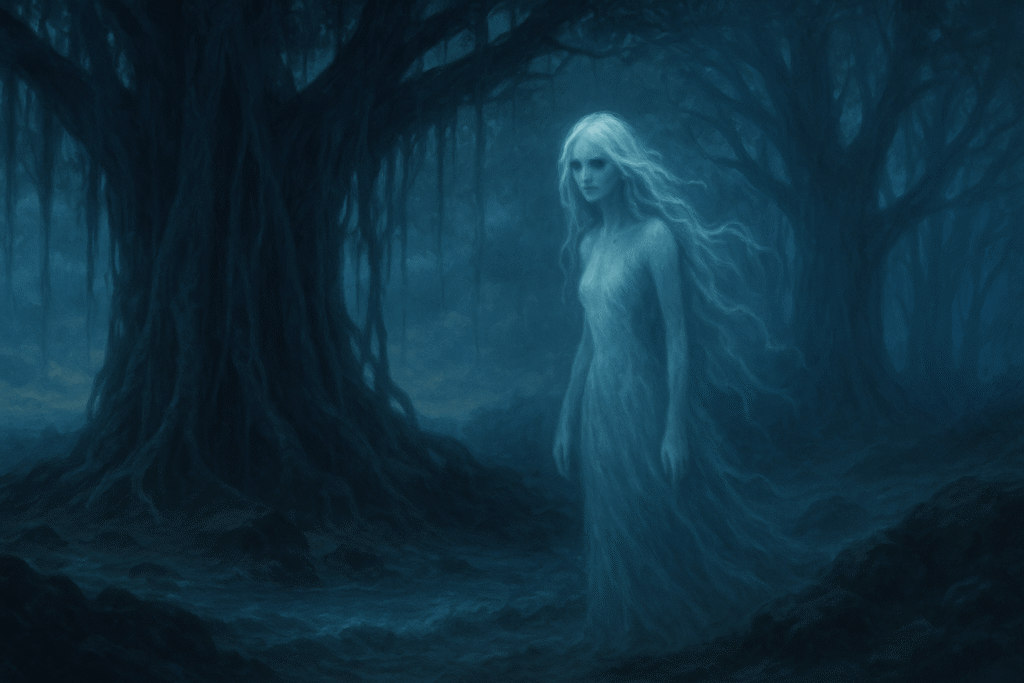
Handi – Spirits of the Unrested Dead
When night falls and the wind grows still, the shadows beneath old banyan trees seem to move. These places are said to be home to the Handi, spirits of those who passed in grief or sudden loss.
What are Maldivian ghost stories about?
They are stories of memories that did not settle. Handi linger near abandoned islands and silent homes. People describe the feeling of being watched, not in fear, but with a sense of unfinished emotion.
The Handi are reminders that sorrow and memory can remain even when life continues.
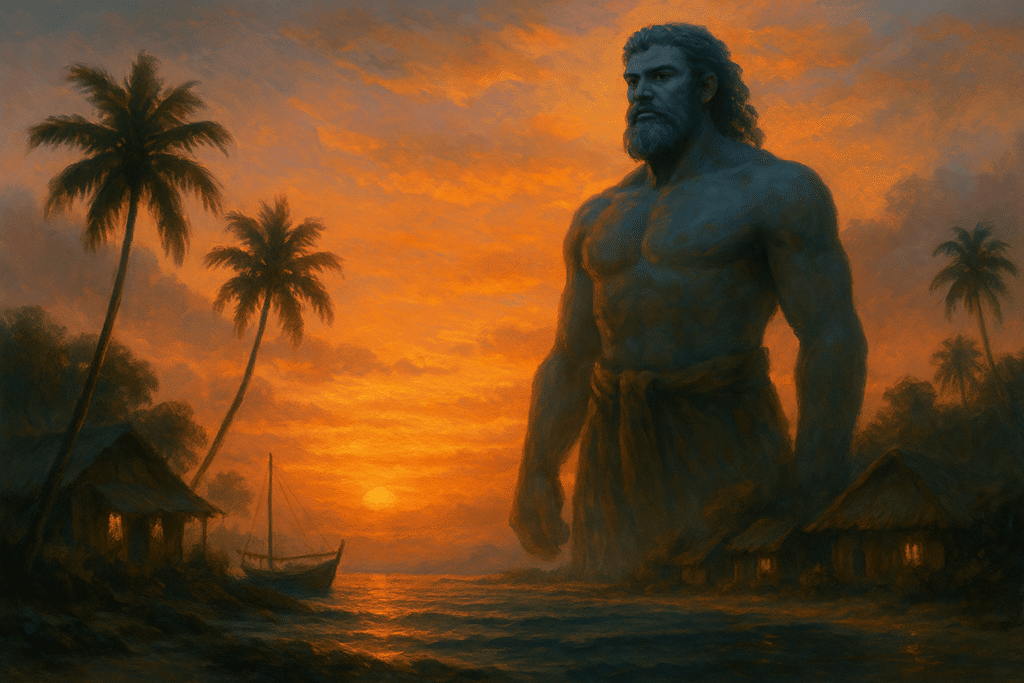
Dhonkamana – The Island Guardian Giant
Some spirits in Maldivian stories offer protection. Dhonkamana is remembered as a large guardian who appears when a village is in danger. Some stories describe him as a giant shaped by wind and water.
Do Maldivians have protective spirits in their folklore?
Yes. Dhonkamana is a symbol of community strength. He appears during storms or conflict, offering reassurance rather than fear.
He represents unity, care, and the shared strength of island life.
For a look at how neighboring cultures shaped similar guardian figures, see: Most Fascinating Indian Mythical Creatures Revealed
https://mythicalgodsandcreatures.com/most-fascinating-indian-mythical-creatures-revealed/
Fanditha: The Magic of the Islands
Before formal religious teachings, the Maldives relied on fanditha, a form of folk magic learned through family lines. Fanditha verin, the practitioners, used verses, herbs, and symbols for healing, safety, and peace.
These Maldivian legends echo stories found in Sri Lankan mythical creatures from ancient folklore, showing how spiritual beliefs traveled between neighboring islands.
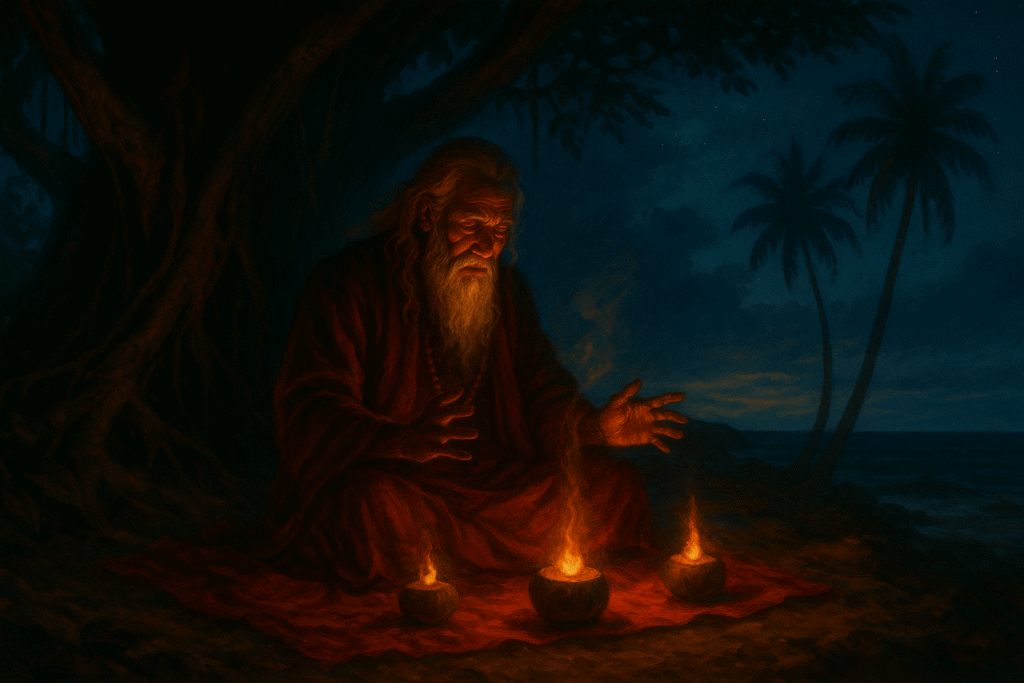
How These Myths Are Remembered Today
Although times have changed, the old stories remain. They live in quiet conversations, in lullabies, and in family gatherings. Performances, literature, and cultural events still draw from these myths.
The truest versions are shared softly, from one voice to another, carried across time like the tide.
The sea remembers.
So do the people.
